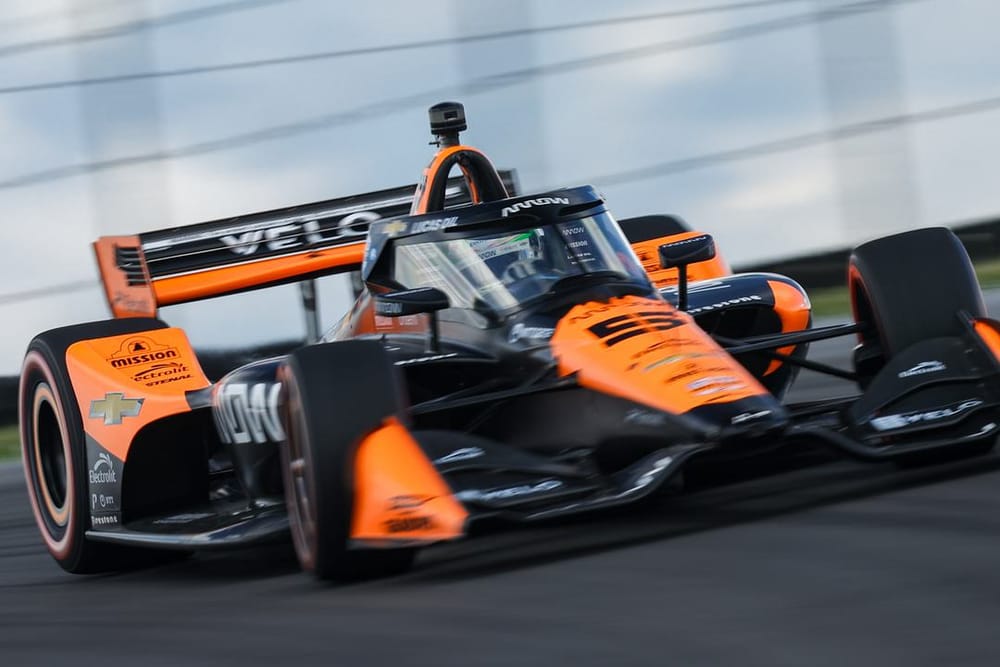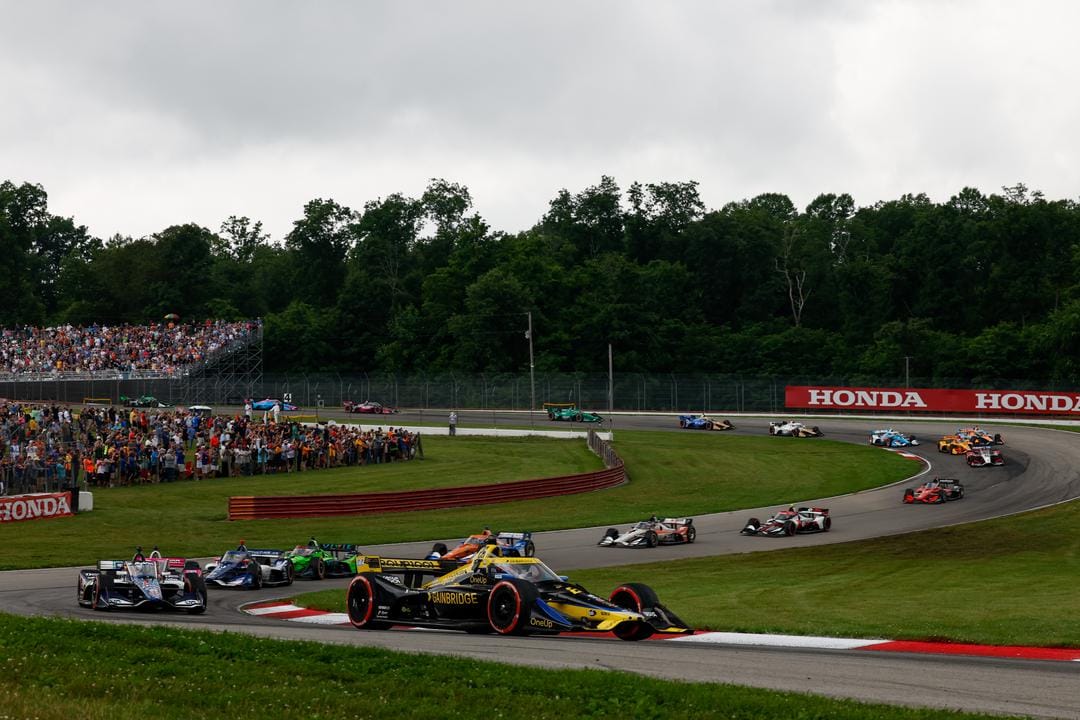Pato O’Ward ended a nearly two-year wait for an on-road-win for himself and McLaren, plus a run of six second-place finishes in two years - with a brilliant win fending off IndyCar’s in-form star Alex Palou who was breathing down his neck for over 25 laps.
O’Ward takes the first win of IndyCar’s hybrid era - its new device has been introduced mid-season - to jump to third in the championship with his second win of the season although that came after two Penske cars which finished ahead on the road were disqualified for push-to-pass infringements.
How O’Ward sealed the deal
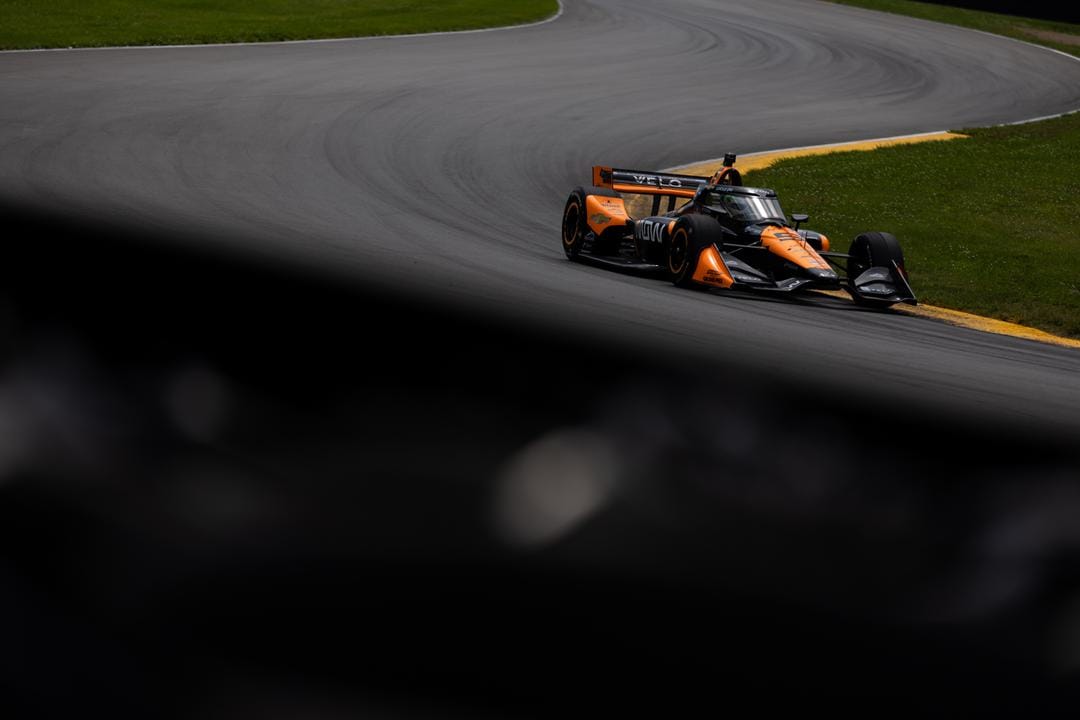
Palou dominated the first stint building a gap over six seconds to O’Ward, and even after a slightly slower first stop, still held a gap over four seconds entering the second stint after the first stops.
But O’Ward chipped away and eroded the gap to basically zero just as both cars were due to make their final stop, thanks to O’Ward being quicker on the soft tyre. Palou said he destroyed his fronts, a very unusual thing for one of the series' best tyre whisperers.
Here comes the No. 5 👀@PatricioOWard has cut @AlexPalou's advantage all the way down.
— NTT INDYCAR SERIES (@IndyCar) July 7, 2024
📺: #Honda200 on NBC and Peacock pic.twitter.com/3xYk1yBhF7
O’Ward took his second stop before Palou and his McLaren team gave him a phenomenal stop, while Palou was slow to escape his pitbox in his trip to the pits because he had tried to engage first gear too early while fuel was still going in his car, which meant when he tried to exit his box he was still in neutral and needed a couple of seconds to engage first and pull away.
New race leader: @PatricioOWard.
— NTT INDYCAR SERIES (@IndyCar) July 7, 2024
📺: #Honda200 on NBC and Peacock pic.twitter.com/X2PeLURlJn
O’Ward took the lead on the pit exit, narrowly ahead of the emerging Palou.
Palou was within a second for the last quarter century of laps and traffic ahead gave O’Ward all sorts of headaches. But against arguably IndyCar’s most consistent driver Palou - who was on pole by the closest margin in the history of the Fast Six qualifying format by 0.0024s to O’Ward, and won this race last year - O’Ward fended off the ducks, dives and dancing moves of Palou behind to seal the deal by 0.4993s at the flag.
"This is a proper win!"@PatricioOWard back on 🔝!#INDYCAR // @ArrowMcLaren pic.twitter.com/b2tu79GTSm
— NTT INDYCAR SERIES (@IndyCar) July 7, 2024
Scott McLaughlin took a distant but welcome podium after a rollercoaster run of form, ahead of Colton Herta scoring another top five with Marcus Ericsson making the most of a strong fifth-place qualifying to finish in the same position.
The championship picture
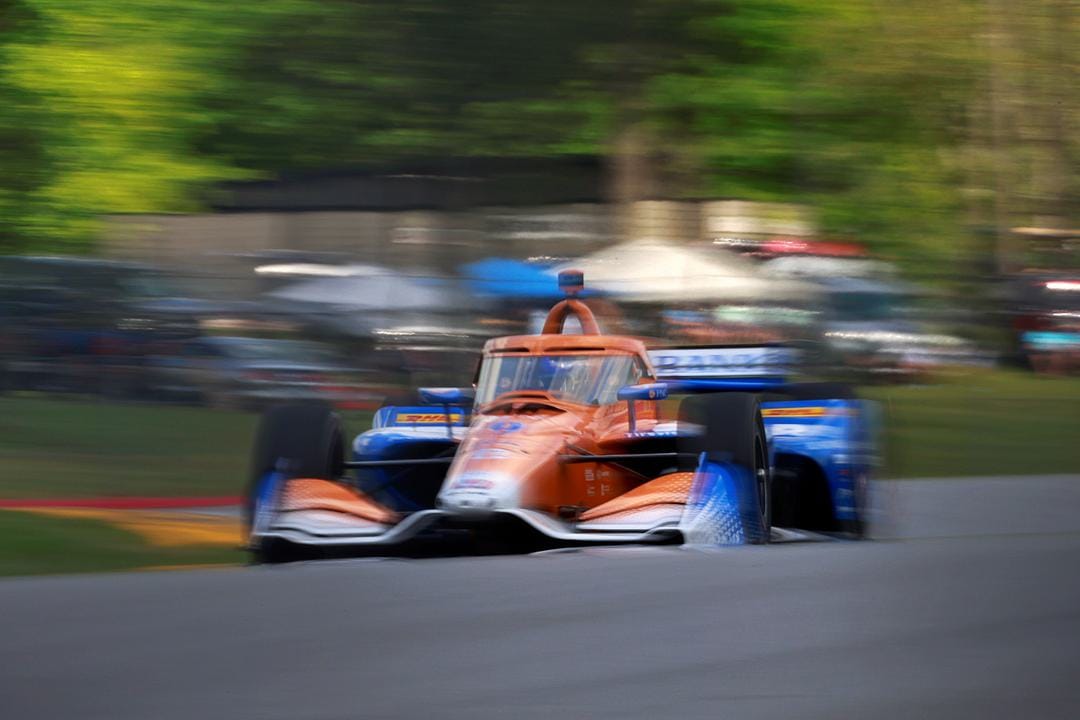
Many people questioned how introducing a hybrid unit mid-season would impact the championship battle and we got the immediate answer with one driver taken out before the race event started.
Scott Dixon was one of the three obvious championship favourites heading into this race alongside Palou and Will Power - the latter whom he outqualified - but immediately saw a deficit to Palou of just over 30 points rise to 71 points with an issue.
MAJOR issues for @scottdixon9 before the green flag flies.
— NTT INDYCAR SERIES (@IndyCar) July 7, 2024
📺: #Honda200 on NBC and Peacock pic.twitter.com/ffJa2XyYau
He ground to a halt during the formation laps where his battery drained and then the engine shut off, which he said in a follow-up interview was hybrid-related and “not a great start” to the device’s introduction. IndyCar is evaluating the cause and is looking into software and other areas.
The Race assessed the three championship favourites using data recently and Dixon came out on top with the best average finish across the remaining races on the 2024 calendar since 2021 - when Palou became a relevant contender - but he faces a huge hole to fight out of now.
"It's not doing anything."
— NTT INDYCAR SERIES (@IndyCar) July 7, 2024
Another look at what happened to @scottdixon9. pic.twitter.com/mo9Nt2Eu9v
Of course, reliability issues strike in motorsport all the time, but also, surely introducing a brand new unit mid-season increased the odds something like this could happen. Dixon will have to hope the other contenders have their fair share of issues too.
Palou now leads Power by 48 points, with O'Ward leaping into third 70 points behind Palou.
Pato O'Ward moves up three spots with his Mid-Ohio win.
— INDYCAR on NBC (@IndyCaronNBC) July 7, 2024
Alex Palou still leads with INDYCAR standings with eight races remaining. pic.twitter.com/KxkS5ZPUWi
The hybrid's on-track debut
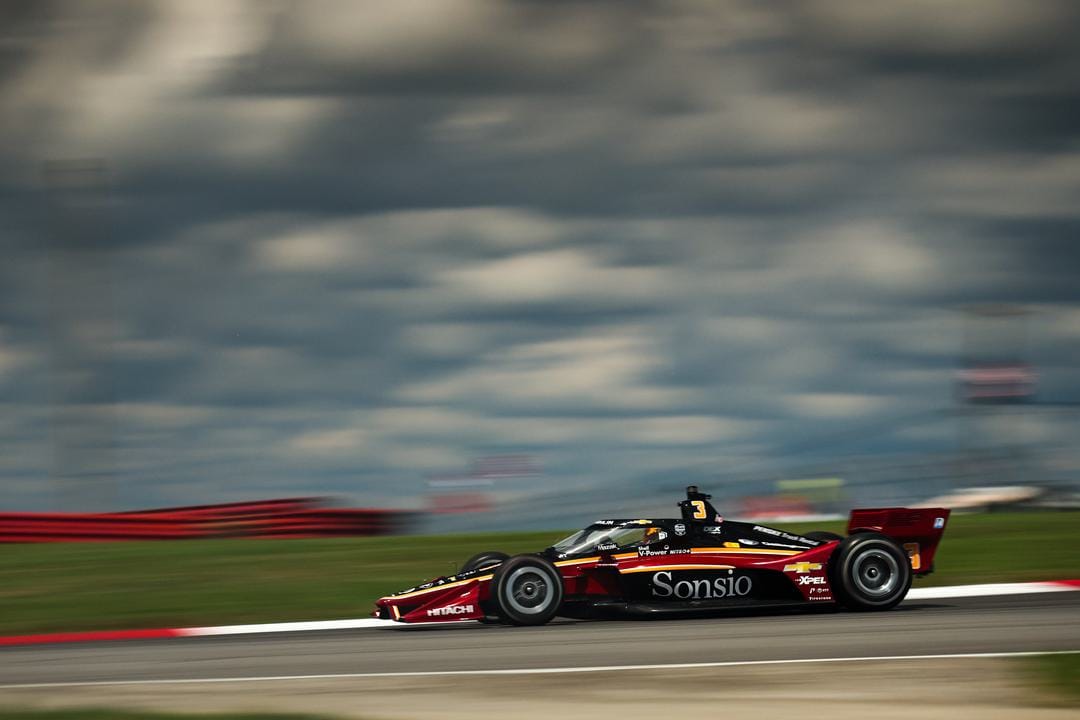
Short of Dixon’s issue, the hybrid was a welcome source of reliable intrigue but ultimately acted as expected in not providing an enormous difference to how the result played out.
By the end of the weekend, the teams appeared to merge into the same strategy of regeneration and deployment at key areas on the track to the point where there wasn’t an enormous advantage for anyone.
One area there was deviation on was in the type of energy deployment, which can be done automatically or manually. When asked how much of each they'd used and why by The Race, an awkward pause was followed by McLaughlin laughing and saying "I'm not going to tell him!".
Palou felt similar, but at least he used both types at different corners.
Palou also said he could see where O'Ward was using it and tried to experiment and use it in different places to him to gain an advantage.
It might turn out in post-race analysis that certain teams stole a march in some areas, but ultimately on the face of things, it felt like a normal race outcome, without any overheating drama or significant lead-changing issues.
A late spin for Romain Grosjean also highlighted a brilliant new feature of the hybrid unit where he was able to restart his engine from inside the car. Previously, drivers who stalled had to wait for the safety team to come and restart the car and that led to lengthy cautions that should be negated with the new unit.
Finally, the added weight - plus regeneration going through the rear-tyre - left question marks over how much degradation there might be. But the leaders were almost or as fast at the end of the stint as they were at the start. So the harder tyre brought for this year held up well - perhaps too well for people who like to see degrading tyres offering the chance of the order being shaken up.
All 27 cars which started the race, finished it, so given the mid-season introduction and the work that's gone in to create the unit, that has to be regarded as a massive success.
The three-stopper didn’t work
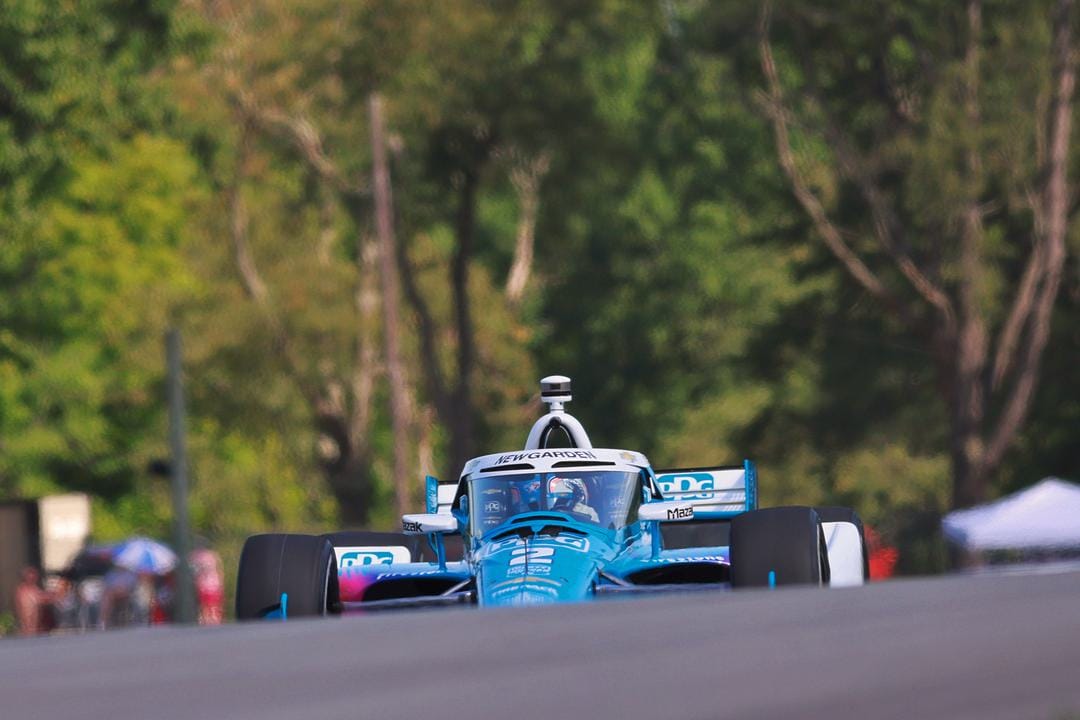
Knowing the extra weight that the hybrid brought, some teams dived off to the pits early on to try a three-stop strategy to negate tyre degradation and fuel saving.
However, there wasn’t enough fuel saving and tyre deg to slow the leaders significantly, and a number of drivers who started behind the eventual three-stoppers but just stuck to two stops jumped ahead.
Josef Newgarden likely would have been the leader on the strategy but an off before his last stop and then multiple pit penalties meant Felix Rosenqvist was the top driver on the strategy in 14th, roughly where he started before switching to that strategy.
Highlights and lowlights
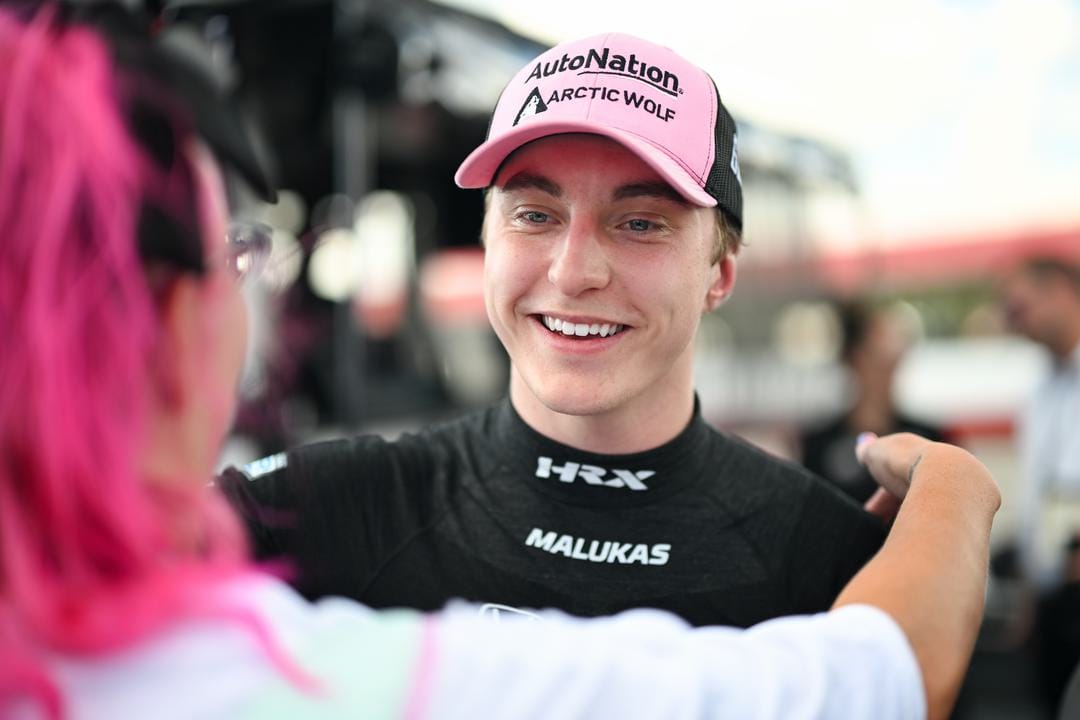
David Malukas was a high-profile absentee from the lead battle. He started with a stall on the formation lap and just returned to take up his third place for the start, but stalled in his first pitstop and had to fight to get to 12th.
Issues for @malukasdavid and the No. 66 in the pits!
— NTT INDYCAR SERIES (@IndyCar) July 7, 2024
📺: #Honda200 on NBC and Peacock pic.twitter.com/BA31m0lVdd
He was one place ahead of the incredibly impressive rookie Toby Sowery who took 13th, matching the team's best result of the year, with no testing in the build-up to his first start.


